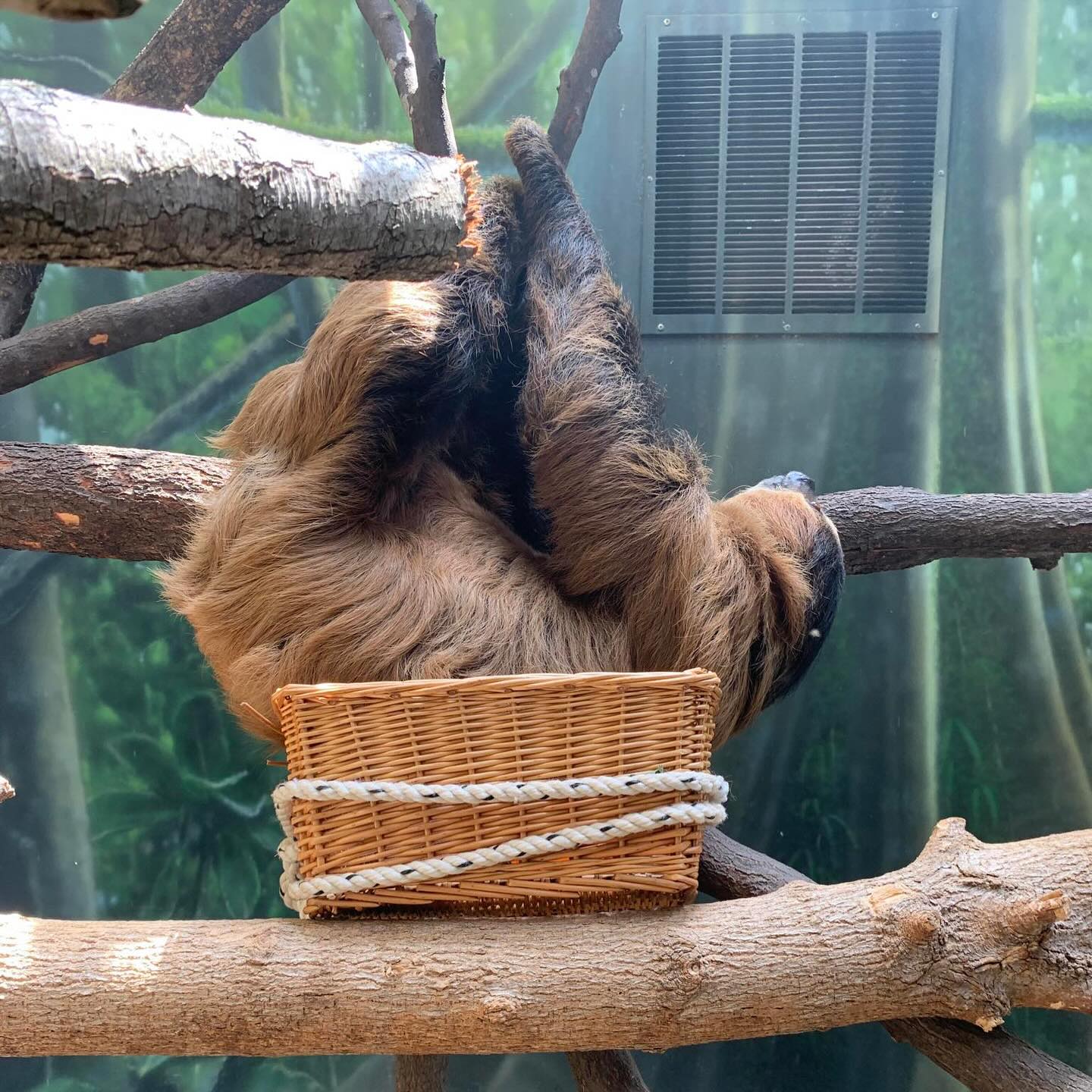- Explore the significance of animal enrichment and behavioral studies in zoos, focusing on Arnie’s actions.
- Discuss the role of zoo management in animal welfare and conservation efforts.
- Highlight the educational role of zoos in fostering public awareness of wildlife conservation.
- Examine the importance of creative habitats in accommodating animal behavior.
- Analyze the impact of zookeepers and animal care specialists in the daily life of zoo animals.
Zoos play a crucial role in wildlife conservation, not merely as places of public entertainment but as centers that offer a deep understanding of animal behavior and welfare. The case of Arnie, a captivating animal who "sort of" fits and sits, is not just a charming anecdote but a window into broader themes of animal enrichment, zoo management, and conservation.
Animal enrichment is an essential aspect of modern zoos. It goes beyond simple physical environments by incorporating activities that stimulate psychological and physical well-being. Arnie’s behavior lighting up when fitting into a space offers insights into natural instincts and preferences. This behavior is observed, documented, and analyzed to create more engaging environments resembling natural habitats. Such activities promote physical health, reduce stress, and encourage natural behaviors that might be stifled in captivity.
Zoo management is pivotal in fostering effective animal care and welfare. The primary challenge is to design spaces that cater to diverse species’ unique needs while adhering to conservation goals. Constructing habitats that allow animals like Arnie to express natural behaviors is crucial, requiring a deep understanding of species-specific traits. Management strategies must consider the fine balance between public exhibition and maintaining a safe, enriching environment for the animals.
Zoos provide an invaluable educational platform for the public. They bridge the gap between distant wildlife and urban populations, fostering an understanding and appreciation of the complex world of animals. Arnie’s antics serve as educational tools, teaching visitors about animal behavior and the necessity of conservation efforts. Interactive exhibits and engaging narratives make these lessons memorable, influencing public attitudes and encouraging conservation-minded actions.
Creating innovative and flexible habitats is paramount in accommodating animal behavior. Designing spaces where animals feel secure yet inspired to explore mimics the variety of their natural environments. Specialist input is critical when crafting these areas to incorporate elements like climbing structures, varied landscapes, and seasonal modifications. The intention is to ensure animals have choices and challenges that reflect their instincts and needs.
Zookeepers and animal care specialists, like Candace, are the backbone of day-to-day zoo operations. They possess specialized skills in animal care, behavior analysis, and are adept at fostering healthy animal-keeper relationships. Arnie’s interactions with his environment and caretakers reveal insights into animal welfare and stress management. The care team takes data from these interactions and adjusts daily routines and environments, ensuring animal health and well-being while contributing to broader academic research and conservation strategies.
In the context of Arnie and animals like him, zoos excel as institutions where zoology, education, and conservation intersect effectively. By integrating scientific research, environmental stewardship, and public engagement, they contribute significantly to the global effort to preserve biodiversity.
*****
Source Description
If Arnie (sort of) fits, he sits. 😋
Photo by Candace, senior animal care specialist


